Intra-African Trade. Export Diversification
Action Plan for Boosting Intra-African Trade, cross-border
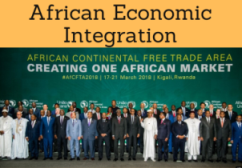
The main objective of the Action Plan for Boosting Intra-African Trade is to reach 25% of intra-African trade (currently, is 10% - 13%) through regional integration.
The final aim is to create a continental market (African Common Market): the African Continental Free Trade Area (AfCFTA).
Although African products have a competitive cost “in factory (EXW)” but the distribution process in Africa (transport, handling, customs, and storage) increases the final price and therefore generate a loss of competitiveness.
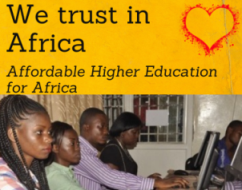
The Subject “Intra-African Trade” consists of two parts:
1- Introduction to Intra-African trade.
- Obstacles to Intra-African trade
- African exports diversification
- Lack of African infrastructures
- Free Trade Areas in Africa
- Trade liberalization
- Technical Barriers to Trade
- Cross-border African trade
- African customs
- Information networks
- Information and communications technology (ICT)
- High costs of doing business in Africa
- African financial markets and access to credit
- Currencies: Multiplicity and non-convertible.
- The case of the CFA Franc and the South African Rand
- Free movement of people, labour, and capital
- Lack of African regional frameworks for services in trade liberalization
2- Action Plan for Boosting Intra-African Trade (Economic Commission for Africa / African Union).
- Trade Policy
- Trade Facilitation
- Trade-Related Infrastructure
- Trade Finance
- Trade Information
- Factor Market Integration
- Towards the African Continental Free Trade Area (AfCFTA)
Sample - Intra-African Trade


The Subject “Intra-African Trade” is included within the curriculum of the following academic programs at EENI Global Business School:
Doctorate in African Business.

Module: Regional Integration in Africa.
Master in Business in Africa, Transport and Logistics in Africa.
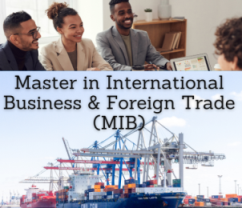
Languages:  or
or  Commerce Intra-Africain
Commerce Intra-Africain  Comercio intra-africano
Comercio intra-africano  Comércio intra-africano.
Comércio intra-africano.
Action Plan for Boosting Intra-African Trade.
The Action Plan for Boosting Intra-African Trade identifies several obstacles to Intra-African trade (Export Diversification, Lack of infrastructures, African trade barriers, African cross-border trade, customs).
One of the troubles of intra-African trade is the long delay of Customs in Africa (12 days), to high compared by example with Central Asia (6 days).
Near 80% of African exports are exported out of Africa.
The development of National Single Windows is a key factor to improve intra-African trade.

Regional Economic Communities (REC), like Common Market for Eastern and Southern Africa (COMESA), EAC (East African Community), Southern African Development Community (SADC), IGAD (Intergovernmental Authority on Development), Economic Community of West African States (ECOWAS), Community of Sahel-Saharan States (CEN-SAD), ECCAS (Economic Community of Central African States) or the Arab Maghreb Union are the key pillar of this vision according to the Treaty of Abuja (the African Economic Community).
The Regional Economic Communities are working in Free Trade Areas, customs union, common markets and economic and monetary unions.
The Economic Commission for Africa and the African Union are the promoters of this ambitious plan.
COMESA-EAC-SADC Agreement or the Harmonization of Business Law in Africa (OHADA) are good examples of the regional integration in Africa that can boost intra-African trade.
Today, Africa only represent 3% of global trade. China, India, the EU, and the United States (African Growth and Opportunity Act (AGOA) programme) are the top partners of Africa.
Sample: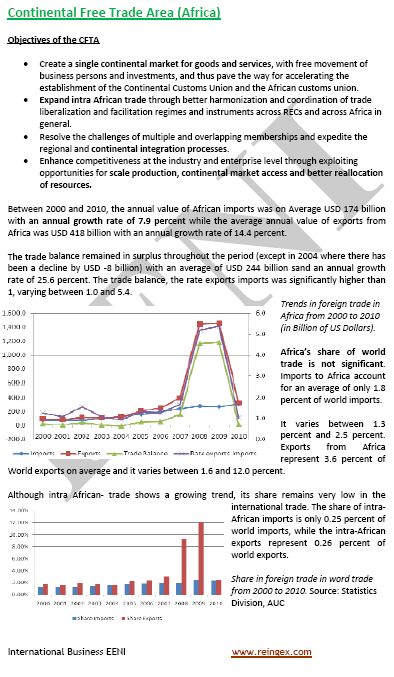
(c) EENI Global Business School (1995-2025)
Top of this page





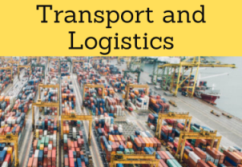


 WhatsApp
WhatsApp